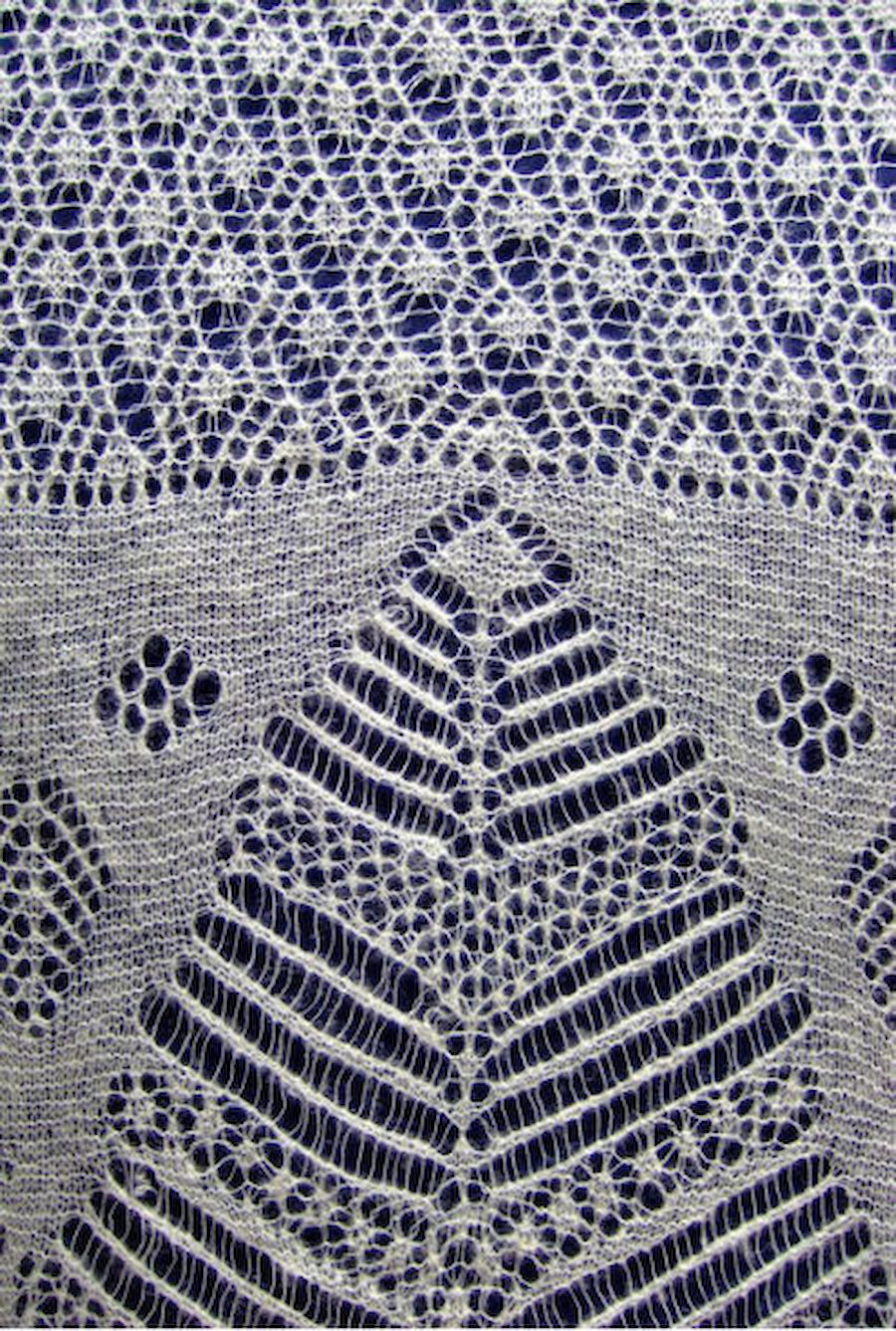Shetland Museum & Archives' textiles collection, which contains many outstanding examples of the knitwear, weaving and lacework for which the islands are famous, has been recognised by Museums Galleries Scotland.
The Recognition Committee was impressed by the quality of the application and the considerable evidence provided of the importance of the collection. Dr Carol Christiansen, Shetland Museum and Archives Textile Curator, said:
"Our textiles collection reflects the importance that woollen textiles played in the economy of Shetland and the lives of families. But it also celebrates the enormous design and technical capabilities of ordinary people, mainly women and girls. They could spin fine woollen yarn or design and knit intricate garments, but they also gutted fish, extracted peat for fuel, tended animals, raised crops and children, often when men were away at sea. Their work became world renowned and was traded internationally, yet the garments themselves had humble beginnings, coming from a true cottage industry".
The textile collection becomes one of 41 Recognised Collections of National Significance located in towns and cities across Scotland. Managed by Museums Galleries Scotland on behalf of the Scottish Government, the Recognised Collections ensure Scotland's most important collections are identified, cared for, protected and promoted to wider audiences. Ray Macfarlane, Chair of Museums Galleries Scotland's Recognition Committee, said:

